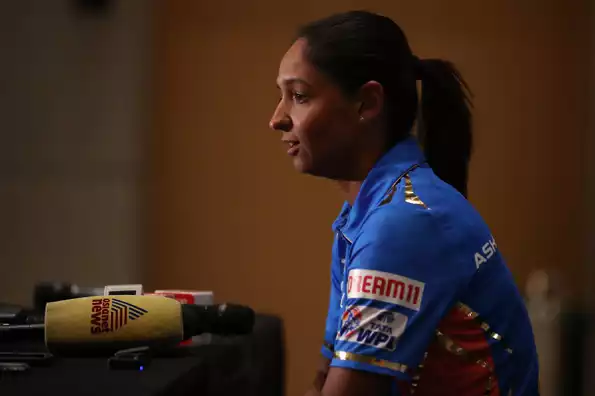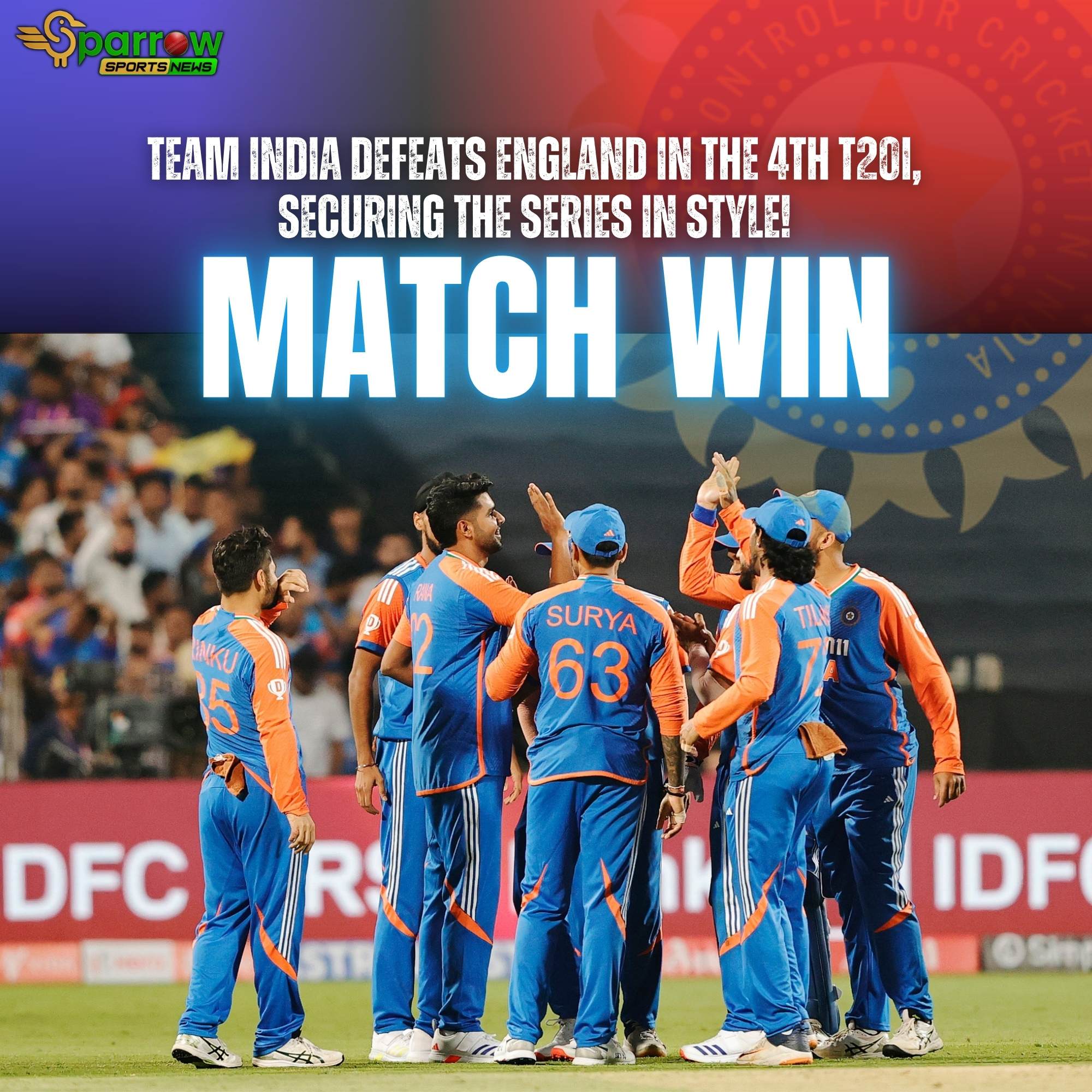If Women’s Premier League (WPL) could speak, those would have perhaps been its first words too. But Harmanpreet Kaur was particularly apologetic here for the hour-long delay in getting her scheduled pre-match media ritual underway. Not long after, she brought out her most candid self in a press conference, giving a lowdown on how the Mumbai Indians squad – assembled when most of its core was away at a World Cup – has come together in such a short turnaround time.
The inaugural edition of WPL kicks off on Saturday (March 4) in Mumbai’s DY Patil Stadium, less than a week from the 2023 T20 World Cup final in South Africa while the revolutionary player auction – at the cost of being a distraction – took place three games into the marquee event. For the veterans of the league cricket ecosystem, blending into new team environments is something they’re used to doing more frequently now. For most others, it’s naturally the beginning of something unfamiliar yet exciting.
Games night, team dinners and intra-squad matches in the short time they had together is how they’re getting to know the new teammates. True to her style, Harmanpreet took the initiative of walking up to the domestic players to get the conversations flowing and set the precedent that their captain, however senior, is never unreachable. It’s an approach she imbibed from the likes of Jhulan Goswami [also the MI bowling coach and team mentor] and Anjum Chopra from the time when she herself was a newbie in the Indian dressing room.
“My approach always is that I should be initiating the conversations with my players,” Harmanpreet said. “I didn’t get much time to know about the players in our domestic circuit, nor I played a lot of domestics [because of the time away in T20 leagues], learn what kind of cricket they prefer to play, the improvements they aim for.
“Sonam Yadav – she has done really well in the Under-19 World Cup – I spoke to, and tried to know more about her. We had two practice games, so she wanted to know how she bowled and what I made of her bowling. Dhara Gujjar too… Young girls are approaching and coming up with so many questions, so it felt good interacting with them.”
While there’s no denying that having an Indian at the helm will be “biggest advantage” for some of the domestic talent, getting out of the comfort zone to learn and adapt is the captain’s advice to her MI teammates. To that effect, Harmanpreet highlighted how even the foreign players are using cricket as a medium to help bridge that gap.
“Some players don’t speak English but they are trying their best… All our overseas players, they understand this and they are trying to make our young players comfortable so they can they can communicate better. In the practice games we got a lot of confidence because… we were able to cut down (the communication gap) during the matches.
“I know we don’t take these things very seriously. But as teammates when you communicate better, you are always going to do well. During the practice games we were able to understand how our domestic players are going to communicate with our overseas stars. And they were also very friendly and would come out of their comfort zone to talk to our younger players,” the 34-year-old said.
Speaking of new challenges, Beth Mooney’s first regular captaincy stint is coming straight at a long awaited, and hence high-stakes, competition which has got everyone’s attention. Barely 36 hours into this high profile job – most members of the World Cup winning Australian side landed in Mumbai only a couple of days ahead – Mooney has only had a few staff meetings and then a team dinner before pre-match training to get up to speed on the squad at her disposal. ‘It’s been a bit of a whirlwind’ because captaincy wasn’t something she anticipated altogether. Alongside her former teammate Rachael Haynes, also a first-time head coach, she’s ready to dive right in, though.
“It certainly wasn’t something that was on my radar,” Mooney said of the leadership role. “When I got bid on in the auction, I was just happy to be part of it and be picked up by a team. Mithali [Raj, team mentor and advisor] gave me a phone call and said ‘we’d like you to do it and we’re happy if you want to. So just let us know’. After a couple of conversations with Rachael [Haynes, head coach] after that, we both thought that the time was right for me to challenge myself within cricket. I know Rachael Haynes quite well. To be able to work pretty close with her… I trust Rach and her judgement,” the 29-year-old revealed.
Like most others, Gujarat Giants also began preparations in Mumbai but with only their domestic pool and those not in South Africa at the time. That’s before as many as four Australians – multiple World Cup winners no less – rolled into the camp. Mooney took cognizance of the fact that it could be “intimidating” and took a route similar to Harmanpreet’s to get to know the teammates first hand. The Australian superstar may be a first-time captain, but has a clear vision of what she owes back to the system that has entrusted her with the top job around some raw minds.
“It’s just about understanding that these tournaments aren’t won and lost in the first couple of games. We’ve seen teams around the world and domestically back in Australia, can lose momentum pretty quickly in a tournament if you let a couple of losses derail the group. It’s all about grabbing momentum though as well. But I think the only way that you can do that is by making sure you’re calm under pressure, you’re executing your skills and you’re always taking the brave option.
“That’s something I’ll try and instill in the group as much as I can. I’d rather see someone go out and try something they’ve been working on in training and perhaps get out than go back into their shells, especially with the bat. Same with the ball – if they need to try a change-up or a slower ball when the game is on the line they might miss slightly but [the fact that] they tried their skill and nearly executed it goes a long way into getting it right the next time if it perhaps didn’t work the first time for us,” she concluded.
Win or lose the trophy, young girls in the system across the five teams are only going to come out richer from the experience.




